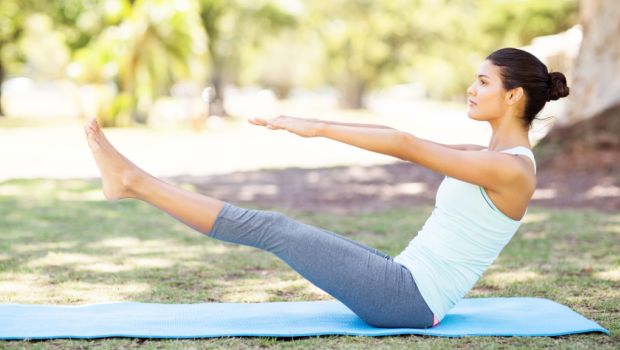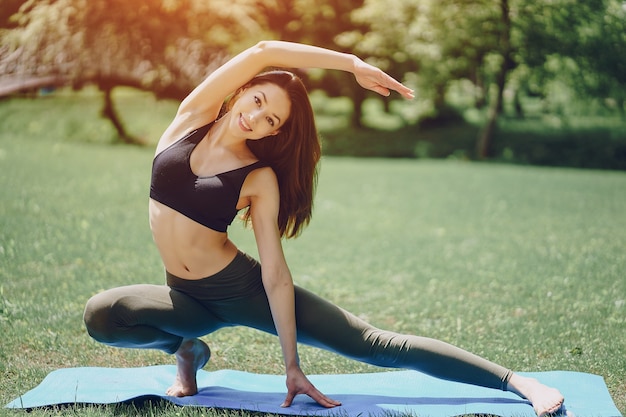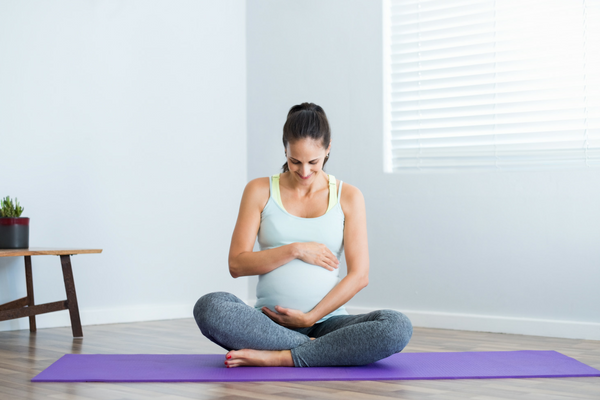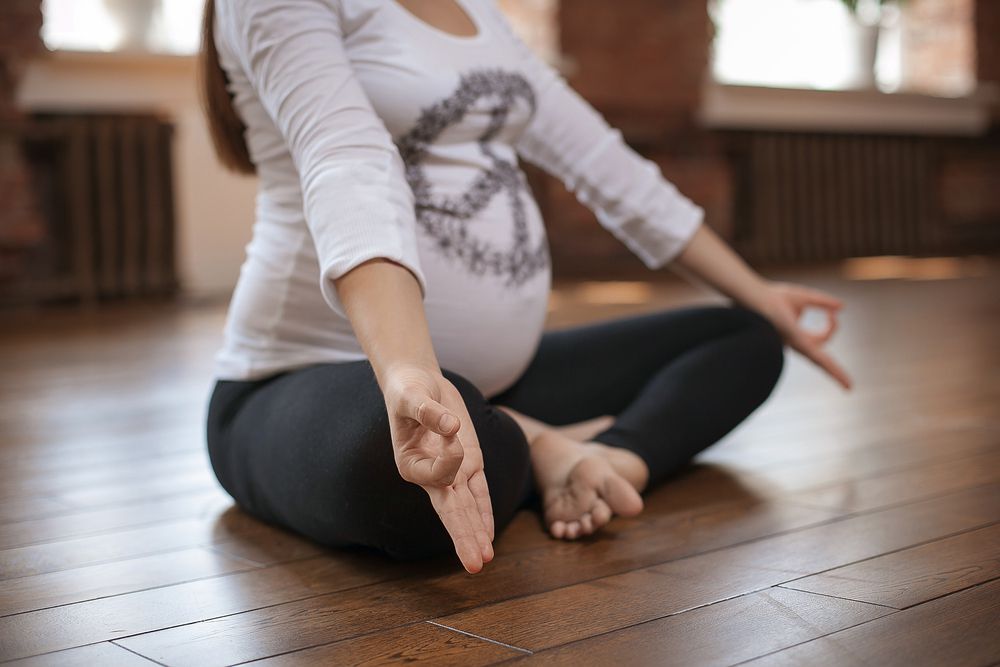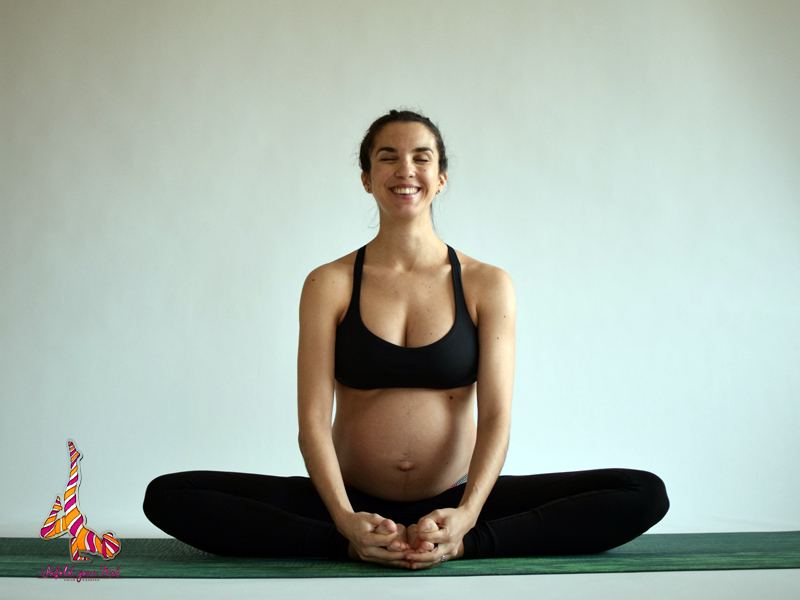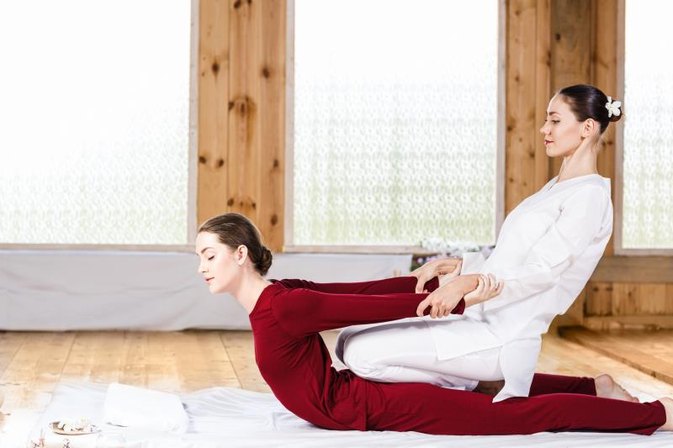
Life flows at a rapid pace. It often takes us with it. Instead of remaining cool and collected, we lose our minds trying to tackle too many things at once. And guess what? Things are then done sloppily. Also, whoever asked for you to do the job is not satisfied—neither are you.
- First and foremost, things start from within. Analyze how you respond in instances when you don’t get what you want.
- Notice how you deal with people who are not in the mood to hold a conversation with you.
- How much control do you have in overindulgence in the things that you know are not good for you? How does it make you feel when do you allow yourself to overindulge?
- How do you deal when you can’t control the situation you’re in? What emotions overflow you then?
- How do you deal when you’re surrounded by negativity? Are you able to break from it?
- How do you face challenges?
- How flexible are you when plans go awry? How quickly can you adapt to unpredictable situations?
- How do you deal with change? It can be a new environment or a new job. One such minor adjustment could be evaluating new technological devices and updates on them and making you feel momentary.
- Look at how you respond in stressful situations. Do you tend to worry and lose yourself in your own thinking? Or does the situation overwhelm you to the point of numbness?
- How do you act in situations when you’re thrown outside your comfort zone?
- What happens if you are rejected? Do you take it personally, or does it give you strength and courage to work even harder towards your goals?
- How do you react when you’re misunderstood? Can you keep calm to explain things again and be heard the correct way?
- How can you motivate yourself in various situations?
- How much of what you say, do you also follow through? I know people who speak very little but do a lot, and that is a quality that cannot possess anyone—but preferably those who are very self-aware.
- How do you feel when emotionally, things are out of your control or don’t have a say in them?
- How do you respond when you hear negative comments about yourself? Can you accept constructive criticism? And how good of a listener you are?
- What is your reaction to not succeeding? And how do you feel when you make a mistake? Are you mature enough to admit and correct it, or do you shy away from it and try to make it go away?
- How do you deal with people whose behavior is not appropriate to the situation? And how do you react when they are making you feel unpleasant?
- How do you deal with the element of uncertainty? How do you feel when you know of a future event, you’ll have no control over? How much energy do you invest in it, and how does it make you feel?
- How do you deal with those who have hurt you in the past?
- How do you perceive obstacles and hurdles that cross your way?
- How do you spend your free time? What consumes most of your energy in your free time? Is it a physical one, mental, or emotional?
- What do you do to recharge energy levels?
- How do you prioritize things in life?
- And, last but not least, how fulfilled do you feel?
There is always an option of pulling out your cutest sports attire, detaching yourself from work, and indulging in a good sweat session that will restore your energy levels and hopefully balance your emotional well-being.

